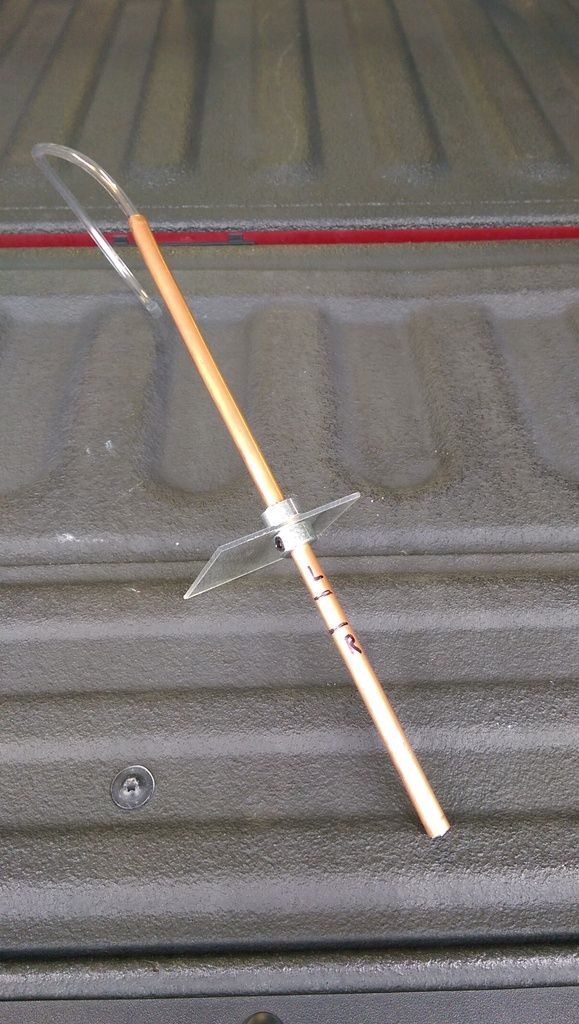This is the process for the Gen I and II, and I can't see anything changing for the GEN III - but PLEASE somebody correct me if I'm wrong:
Bike on the center stand. It's not necessary, but if you have a hydraulic jack under the exhaust or similar to raise the front wheel up a couple inches, it helps.
Take note of its setting and loosen the pre-load on each fork all the way out.
Cover the tank with something to protect it.
Do one fork at a time.
Loosen the upper triple clamp bolt.
Hold the handlebars and loosen the fork caps carefully. You will need a long wrench to do this - be AWARE of the possibility of damaging your tank paint with the wrench - be CAREFUL.
Note where each fork sits within the triple clamp for re-assembly (the line between the cap and the upper fork tube should be JUST above the top of the triple clamp).
Remove the front wheel
Remove the front fender
Sit down in front of the bike. Take aim where the fork could fall to the ground (if you weren't holding it with one hand). Place a towel or something padded there. If the fork surprises you and falls to the slab, you will be pissed at yourself (DAMHIK). Wile holding the fork with one hand, loosen the lower triple clamp bolt. When the fork begins to slide out, grab it with the other hand.
Place the fork tube on top of an old towel or rag. Get a pan or something to catch the old oil.
Remove the loosened fork cap. The spring will have some pressure on it, but it won't go flying to the ceiling or poke your eye out. Remove the washer, the pre-load spacer, and the fork spring. Place these on a towel on your bench in the order they are assembled so you don't get confused. NOTE - do one fork at a time.
Turn the fork upside down and exercise it back and forth a few times to evacuate all of the old oil. Take a deep breath. That stench you are smelling is your old burnt fork oil mixed with bug feces and road dirt and it's gotta go!
Turn the fork upright, and add 2-4 ounces of ATF or similar. Exercise the fork up and down to allow the ATF to slosh around and remove the "mung" lodged in the bottom of the fork. You are using the ATF (which is actually hydraulic oil) as a solvent to remove and dissolve the muck out of your forks.
Turn the fork upside down and evacuate the ATF. Repeat this process several times until the ATF comes out clean. Then use a small amount of fork oil to provide a final rinse - to rinse out the film of ATF still inside the fork.
Fill the fork to the required level. The OP's method is as good as I've seen. I suppose in the absence of a large syringe, one could use a hand held vacuum pump for the same purpose.
Examine the upper fork tube - the part that slides in the fork seal (the range of your suspension). Wipe off any grit, dirt, sludge. Use a very small screwdriver and carefully pull the dust seal away from the fork and remove any grit that you find there.
Reverse the assembly process.
We need two things:
1. The required level for each leg (from the top of the upper fork tube.
2. Torque specs for the triple clamp bolts and the fork cap. Torque specs for the front wheel dis-assembly are in the Bin-o-facts.
Cheers!
































































